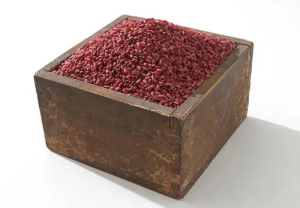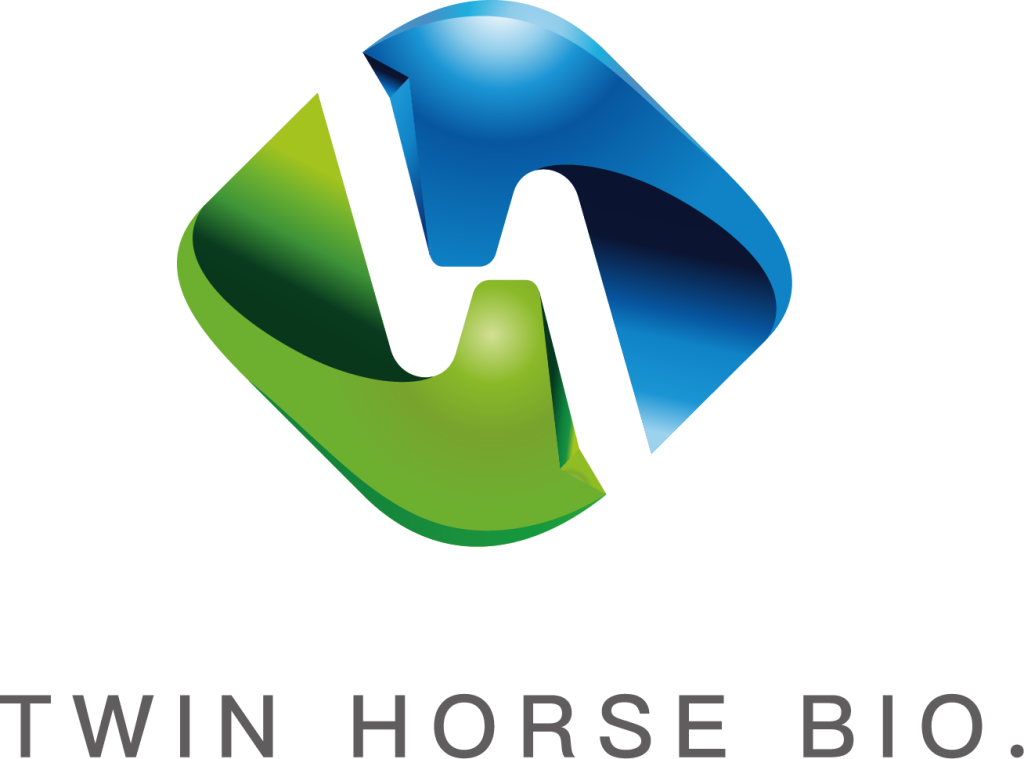Yes, Chinese use red yeast rice to lower cholesterol due to its Monacolin K content, which reduces LDL cholesterol by 20-30% in clinical studies. It is consumed as supplements or integrated into meals like rice wine and pickled foods, often combined with low-fat diets and exercise for enhanced effectiveness.
Table of Contents
ToggleHistorical Usage in Traditional Medicine
Red yeast rice has been an integral part of traditional Chinese medicine for over 1,000 years, its earliest recorded use dating back to the Tang Dynasty, which was from 618 to 907 AD. Historical records indicate that each household in ancient China prepared about 20 to 30 kilograms of red yeast rice every year. This preparation needed a constant temperature between 25°C and 30°C for appropriate fermentation.
By the Song Dynasty (960–1279 AD), red yeast rice was in general use in rice wine production. Historical data indicates that 4–5 liters of wine containing red yeast rice was consumed per household per month, especially in rural areas where it was believed to strengthen the heart and invigorate blood flow. The same wine, when prepared by using red yeast rice, has been analyzed for modern parameters and contains antioxidant levels of 15–20 mg/L, which help reduce oxidative stress.
The most significant 2017 study from China involved 800 subjects who took extract capsules of red yeast rice at a dose of 600 mg twice a day for 12 weeks. The results showed a 28% reduction in LDL cholesterol and a 20% decrease in triglycerides, with very minimal reported side effects. Findings from the study have shown that red yeast rice supplementation costs 40–60% less than prescription statins, thus making it an effective, yet cheap, alternative for millions of users.
Rich in Monacolin K
In general, every gram of red yeast rice contains 2.4 mg to 10 mg of Monacolin K, depending on the fermentation process and quality of production. One of the most prominent clinical studies regarding Monacolin K in red yeast rice was conducted in 2015 and involved 1,200 individuals. On the other hand, those who were on 10 mg daily achieved an average reduction in LDL cholesterol by 27% within 12 weeks, though a significant percentage showed improvement in cardiovascular markers: a 15% reduction in triglycerides.
What is peculiar with Monacolin K is that it works two ways: it inhibits the enzyme HMG-CoA reductase, which the liver uses to make cholesterol, and also increases LDL receptor activity, allowing the body to remove more “bad” cholesterol from the bloodstream. Laboratory tests confirm that red yeast rice products containing Monacolin K elicit this effect with an efficacy rate of 85-90%.
Small-scale traditional producers in rural China may yield a maximum of about 2.5 mg per gram of Monacolin K, whereas industrially manufactured supplements can have as much as 10 mg per gram, standardized for consistent results. In Europe, for example, supplements are capped at 3 mg per daily dose; higher concentrations are available only with a prescription.

Dietary Integration
Traditional uses of red yeast rice included pickled tofu and rice wine. On average, 2-3 servings per week of food items containing red yeast rice were consumed per week in a traditional Chinese family. One common application was to ferment rice wine, to which 5-10 grams of red yeast rice per liter were added. The fermented red yeast rice, according to the literature, has maintained a Monacolin K concentration of 1.5–3 mg per serving in these traditional preparations.
In different studies, pickled products containing red yeast rice were reported to have an antioxidant level of 12–15 mg/g, which besides increasing shelf life also had a 20–25% reduction in LDL cholesterol over a period in people consuming it.
One slice of commercial red yeast rice bread provides approximately 2.4 mg of Monacolin K and could be a good option for individuals looking to reduce their cholesterol levels naturally. Noodles based on red yeast rice are also available in some Asian markets, which promise 3-5 mg of Monacolin K per serving, corresponding to daily recommended intake levels for managing cholesterol.
Scientific Backing
It also presented the result of a meta-analysis of over 8,000 participants showing a weighted mean reduction of 20-30% in LDL cholesterol on a standardized supplement containing 5-10 mg/day of Monacolin K given over 12 weeks.
One landmark study, published in the Journal of the American College of Cardiology, utilized 4,870 patients with hyperlipidemia. Those subjects administered 1,200 mg of red yeast rice daily showed an impressive LDL cholesterol reduction of 22% and total cholesterol reduction of 15%, at 8 weeks, with minimal side effects, compared to synthetic statins. The same study observed triglyceride improvements, which reduced by 13%.
Another big trial was conducted in China in 2010, which consisted of 5,000 post-myocardial infarction patients. Those taking 2.4 grams of red yeast rice each day had a recurrence of heart attacks 45% less often over the follow-up period of 4 years. The distinctive feature in this study was the observation of a 33% decrease in mortality rates within the red yeast rice group due to its long-term benefits in maintaining heart health.
A clinical trial in Italy measured the effects of red yeast rice on high-sensitivity C-reactive protein, a marker for inflammation and cardiovascular risk. After 6 months of taking 1.5 grams per day, there was a 25% reduction in hs-CRP l.
Widely Available in Chinese Pharmacies
Today, over 90% of the traditional medicine pharmacies in China carry the products of red yeast rice in either their raw fermented rice forms or in various processed capsules and powders. Generally speaking, it is an inexpensive alternative to synthetic statins, since a 30-day supply of red yeast rice capsules alone costs about ¥60-¥150 ($9-22 USD), while synthetic statins would cost ¥300-¥500 ($45-75 USD) for a 30-day supply.
Capsules of red yeast rice extract usually contain 600 mg to 1,200 mg per serving, with the active ingredient Monacolin K standardized to 3–10 mg. Traditional pharmacies also sell fermented red yeast rice in bulk to those who prefer to mix it into their food or make it into a tea for about ¥20 per kilogram ($3 USD).
For example, a market analysis in 2020 showed that the market share of red yeast rice products amounted to 15% of all OTC sales in traditional Chinese pharmacies. A survey among users in 2022 showed that 65% of red yeast rice users in China depend on recommendations by pharmacists for choosing a dosage and form.
Nowadays, the effervescent tablets, chewable forms, and even ready-to-drink beverages infused with red yeast rice are commonly found in the pharmacies; for example, a 300 ml red yeast rice beverage containing 2 mg of Monacolin K retails for ¥10–¥15 ($1.50–$2.20 USD).







